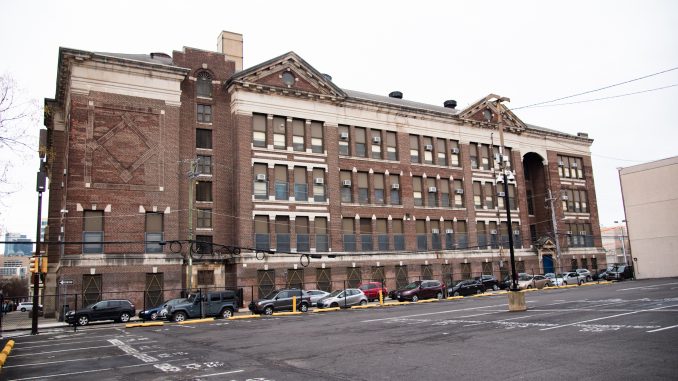
On Dec. 20, 2019, the School District of Philadelphia announced it would temporarily close McClure and Carnell elementary schools due to damaged asbestos findings in the buildings’ insulation.
Asbestos is a fiber used in industrial settings, but when damaged, exposure to it can cause scarring and inflammation in the lungs, which can lead to mesothelioma and an increased risk for lung cancer, according to the National Cancer Institute.
The closure of McClure and Carnell marks the School District of Philadelphia’s fifth and sixth buildings to be closed last year due to this issue.
In October 2019, the district closed Benjamin Franklin High School and Science Leadership Academy, which share a building, and later Thomas M. Peirce Elementary School. On Nov. 17, 2019, Pratt Early Childhood Center was temporarily closed, and on Dec. 17, 2019, Franklin Learning Center closed its doors for a few days before winter break.
When one school district closes six of its buildings in one year, it’s indicative of a serious issue that our education system needs to address.
“My first reaction [to the closings] was that I felt bad for the teachers. I was there for five years, but they’ve been there for so long. I feel like it didn’t really affect me, but to work there year after year, that must really take a toll on your body and health,” said Joei Camarote, a sophomore psychology major and an alumna of William M. Meredith Elementary School, where a teacher was diagnosed with mesothelioma after teaching in an asbestos-filled classroom for 30 years, the Philadelphia Inquirer reported.
As a future educator looking to teach in Philadelphia, I’m concerned with the safety and health of these students. While I commend the school district for taking immediate action to repair its buildings and protect students and faculty from any further health injury, it will not change or improve the damage that students and faculty have been exposed to due to the buildings’ faulty construction and poor maintenance.
Buildings within the district are 70 years old on average, with some as old as 120 years, which could make those buildings more susceptible to damaged asbestos, Imahni Moise, media relations specialist for the district, wrote in an email to The Temple News.
Construction and maintenance work at multiple buildings involved the handling of hazardous materials irresponsibly, including failure to control toxic silica dust particles during the school day, which thereby enters classrooms occupied by students and faculty, the Inquirer reported in a 2018 investigation into environmental safety hazards in Philadelphia school district buildings.
The Inquirer further reported that construction crews failed to address teacher concerns of toxic fumes in classrooms within a timely manner, and previous environmental “cleanup plans” left classrooms with more dust due to poorly handled maintenance. Samples of leftover dust from remodeling at Abram Jenks School found levels of lead that were more than 27 times higher than the amount deemed to be hazardous.
The district’s history of unsafe buildings and inadequate maintenance left students at multiple schools hospitalized prior to 2019 due to exposure to toxic chemicals like carbon monoxide and lead, according to the Inquirer.
These conditions are unacceptable — we’re keeping students and faculty in unsafe conditions for hours of their day, and it’s essential that we take urgent action beyond just closing down schools.
Of the six buildings temporarily closed last year, students at four schools were relocated to other buildings. Students at McClure, Carnell and Franklin Learning Center were not relocated, but returned to school after a few days, Moise said.
The district announced an environmental safety plan in November 2019, with the aim of faster responses to asbestos findings and more effective communication with the community. Yet both of these goals are simply reactionary measures when the district truly needs a monetary investment from the state to repair the vast environmental hazards in its buildings.
Increased funding to Philadelphia schools could eliminate environmental hazards already in place, as well as instituting measures to prevent the further contamination of our classrooms.
“We know that there are solutions, we know that the money is there,” said Hillary Linardopoulos, the legislative representative and staff representative for the Philadelphia Federation of Teachers, a union fighting for safe conditions in schools. “We know that we can get the schools to a place where people are safe and healthy in their buildings.”
Of the approximately $160 million required to repair its buildings of environmental hazards like damaged asbestos and flaking lead paint, the district can only utilize $12 million after borrowing $500 million for routine capital projects, Moise said.
The Commonwealth of Pennsylvania must acknowledge the severity of the toxic conditions in Philadelphia schools and approve an immediate emergency investment of at least $150 million.
Although it will take considerable foresight, planning and funding to eliminate asbestos and other toxic substances from our schools, our children should be able to attend school without the looming fear of developing lung cancer or mesothelioma from their own classrooms.
We owe our students that much.



Be the first to comment